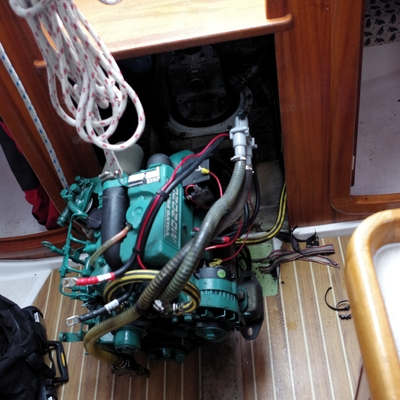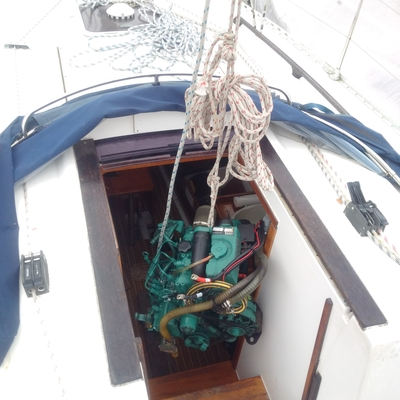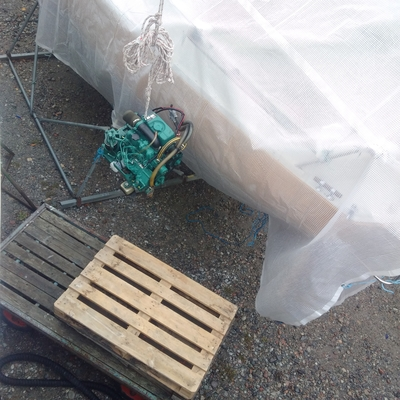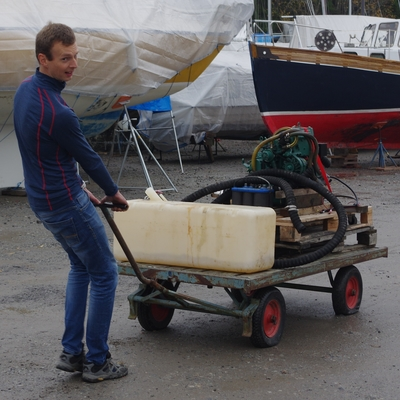My motivation
The decision to remove the engine was a bit impulsive. The old Volvo Penta had been doing a 14 hour run in no wind pulling exhaust into the cabin from the wake of the boat. As we awoke the next morning with strong headache after inhaling these fumes the decision was made.
Engine condition
The engine was built in 1999, had 750 hours and was in very good condition with only minor repairs carried out during the last 5 years, as replacing the ring seals on the shaft of the raw water pump and replace the broken VDO hour counter on the Volvo Penta instrument panel.
It was not feasible to buy a new instrument or repair the old due to the cost, but luckily I stumbled across others with the same issue and a fix made using Arduino available online to anyone with basic computer and technical skills. This was a fun little project and brought me into learning computer coding.
Fuel consumption
The fuel consumption was averaging 1,1 liter per hour at cruise power with around 2400 revolutions. 1 liter diesel has approximately 10 kWh energy density, the same amount of energy as the battery bank I could afford.
Removing the engine
The removal itself was not as difficult as I'd imagined. All electrical wires and harnesses seemed a bit overwhelming at first but is fairly simple on these engines.
Once diesel and water had been safely drained and disposed off, removal of hoses, cables and wires were pretty straight forward. I had to pay extra attention to the wiring of the alternator as it looked a bit confusing, assisting a future owner connecting it all again.
The motor itself was mounted on two cushioned engine mounts at the front and supported by the s-drive at the rear.
To avoid the rear of the engine falling once freed from the s-drive shaft I placed a wooden block underneath which did the trick.
The next step was to lighten the weight on the engine mounts to allow the engine to carefully be pulled free by hand. This was easily accomplished by the use of the main sheet attached to the boom acting like a crane, with the other end of the sheet attached to the lifting eye on the engine. It was quite heavy to haul it out but works surprisingly well.
With the engine out the removal of the exhaust lines, coolant water and old electrics was the next step before cleaning and attaching the chassis for the electric motor to the s-drive. more...




